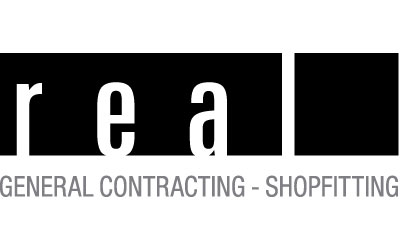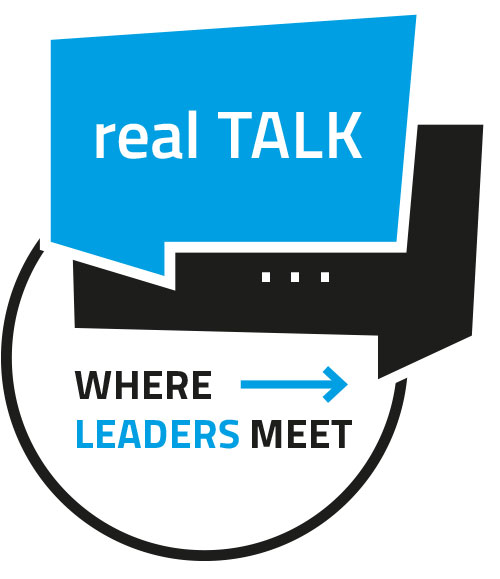AR has been around for a while, but aside from the brief Pokémon Go craze, it never quite caught on with the public. The current shift to online shopping will change that, says Blippar CEO Faisal Galaria.
Perceive with all your senses, try it out and buy directly if convinced. This is an experience that makes offline shopping so attractive and where online retail cannot compete. In 2020, however, the tide has turned. The global situation has inevitably led to online retail picking up even more steam. The danger here is that retailers are dying out because they can’t keep up with digitization with their on-site offerings. So for them, it’s a matter of figuring out where opportunities exist to counteract this. One that is emerging is augmented reality (AR), and this is on the rise due to positive external influences. But what exactly might such a use of AR look like in retail? Three really useful possibilities present themselves. Product visualizations that are tailored to the customer. Live events to introduce and showcase new products. And storytelling around the story of a product.
Personalized product visualizations using AR
As already mentioned, almost all senses play an important role when buying a product. It is therefore important to visualize and illustrate products. A classic example here is the purchase of furniture. If AR is used to visualize in advance how the piece of furniture will look in one’s own four walls, the likelihood that it will be purchased is much higher. The possibilities in this area are already endless today – whether it’s a piece of furniture or a lipstick, everything can be shown to the customer beforehand.
Present live events with AR
Especially in the last 1.5 years it was important as a retailer not to be forgotten. The contact must be maintained somehow, so why not with a live event? Present brand new products and in this way create enthusiasm among customers and interested parties. This is exactly what is possible and even makes sense with augmented reality, because this is how the most emotions come across right after the personal experience. And compared to an offline event, where interaction tends to be limited to watching, here AR and special functions can be used to go full throttle. Not to mention that the organizer is not subject to any limitations due to physical conditions at an AR event.
AR makes tangible storytelling possible
It’s hard to imagine marketing without storytelling. It can be used to convey a lot of information in a nice way. People like to listen or watch, simply because it’s fun and they learn a lot about the history of a product. Retailers are given exactly this opportunity with AR, they can truly bring their physical product to life. The origin of a product is especially crucial when the issues of sustainability and corporate social responsibility play a role. Nowadays, these are among the most important decision-making criteria when making a purchase.
Every augmented reality experience is unique
AR is an experience and thus offers much more than conventional “flat” videos and whatever else the digital world has to offer. Augmented reality is a valuable source of customer interaction that retailers can use to score points with consumers. Because let’s face it, we often don’t shop online because we like it better, but because retailers often just don’t bother to keep up. If we were offered more from our retailers, chances are it would be profitable for both parties. And these are just three of the endless possibilities with augmented reality that could transform retail.
Bildurheber: ammentorp




